Can mushrooms communicate with each other?
- Published
- comments
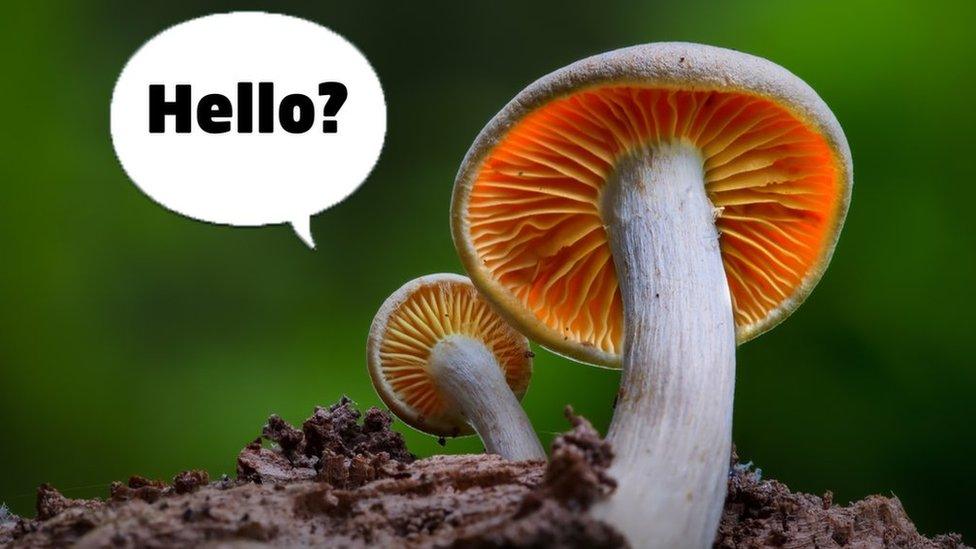
What did one mushroom say to the other? A new study could help us to find out!
Professor Andrew Adamatzky, a scientist who works at the University of the West of England's (UWE) unconventional computing laboratory, has been studying fungi to find out how they can communicate with each other.
You heard us right, how mushrooms can talk to each other!
Professor Adamatzky used special equipment to record the electrical signals of four different types of fungi, and translated these signals into binary strings - a mathematical language used by computers that uses a combination of the numbers 1 and 0 instead of words.
During his experiment he recorded the fungi using around 50 different 'words', and even discovered that the way they 'speak' is similar to human language.
Can plants talk to each other?
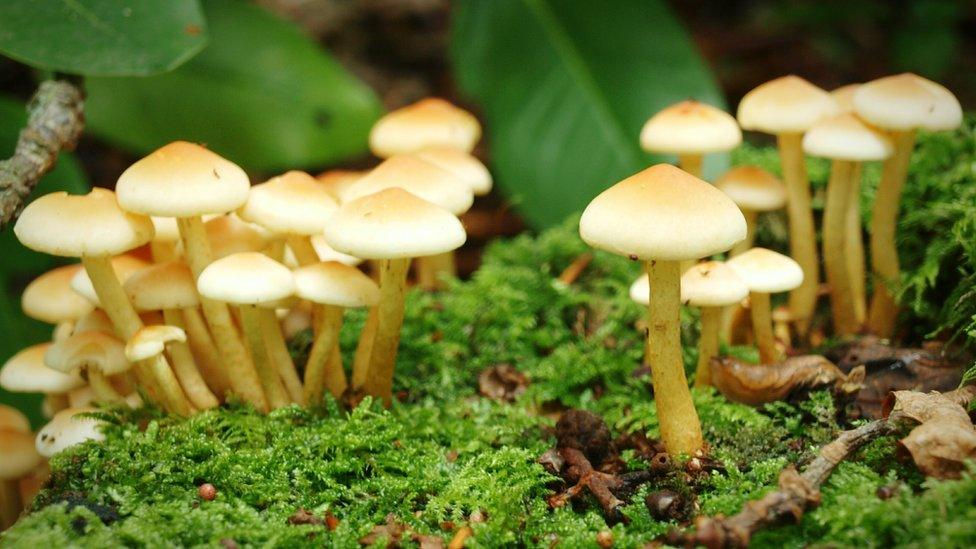
Scientists have been studying if plants can communicate with each other since around the 1970's, but initially many scientists' research wasn't published, as people thought it was silly.
However, in the last decade scientists have published research which shows that plants can communicate with each other by using chemical messages in the air and soil, to share information.
This means they can warn each other of things like an insect attack or changes to their environment.
Fungi in particular can help plants to communicate with each other, with tiny fungal filaments creating a 'world wood web' underground, helping to send these messages between plants - Think fungi-optic!
Fungi is the official group name, or 'Kingdom', that all species of fungi belong to.
For example, mushrooms, toadstools, yeasts and mould are part of the Fungi Kingdom.
There are seven types of Kingdom which categorise life on Earth. These include the Plant, Animal and Bacteria Kingdoms.
How do you translate a mushroom?
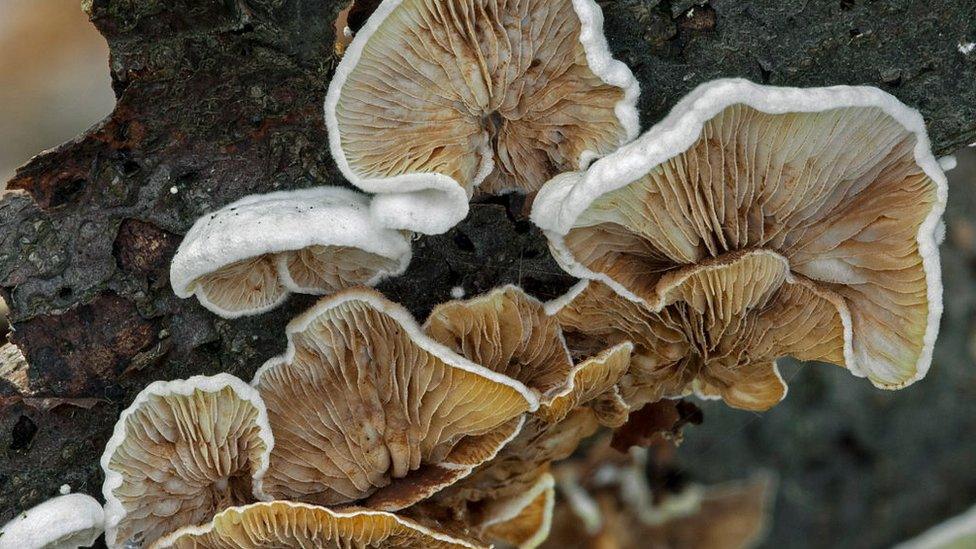
The split gill, was the 'chattiest' mushroom
For his research into how mushrooms communicate, Professor Adamatzky connected tiny electrodes - devices that pick up electrical signals - to four different species of fungi: enoki, split gill, ghost and caterpillar fungi, and monitored them over a few days.
He then looked at the results and noted down any spikes in the electrical signals recorded from the fungi.
Next, Professor Adamatzky translated these signal spikes into binary strings, and from this was able to work out different 'words'.
In total around 50 different 'words' were recorded as part of the experiments, and the split gill mushroom 'spoke' the most complicated 'sentences' of all the fungi tested.
If you cannot see the interactive activity on this page, click here.
However some scientists think more research is needed before these signals can officially be called a language.
Dan Bebber, an associate professor of biosciences at the University of Exeter said: "Though interesting, the interpretation as language seems somewhat overenthusiastic, and would require far more research and testing of critical hypotheses before we see 'Fungus' on Google Translate."
Professor Adamatzky hopes that in the future more fungi can be studied, and that scientists can start trying to translate what the 'words' mean.
However, he says this could take a very long time, as studies into this are still in their early stages, and we haven't managed to figure out the language of other animals like cats and dogs yet.
- Published21 March 2021
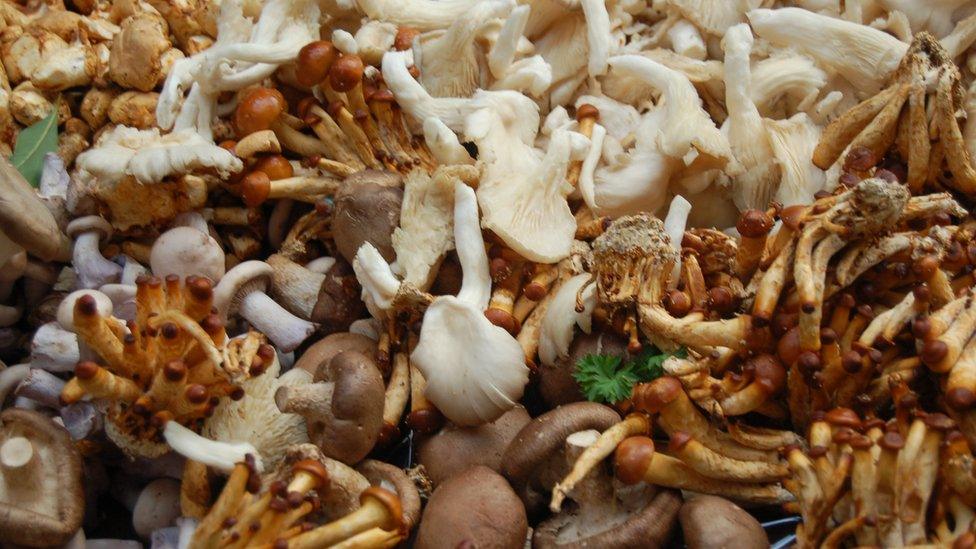
- Published12 September 2018
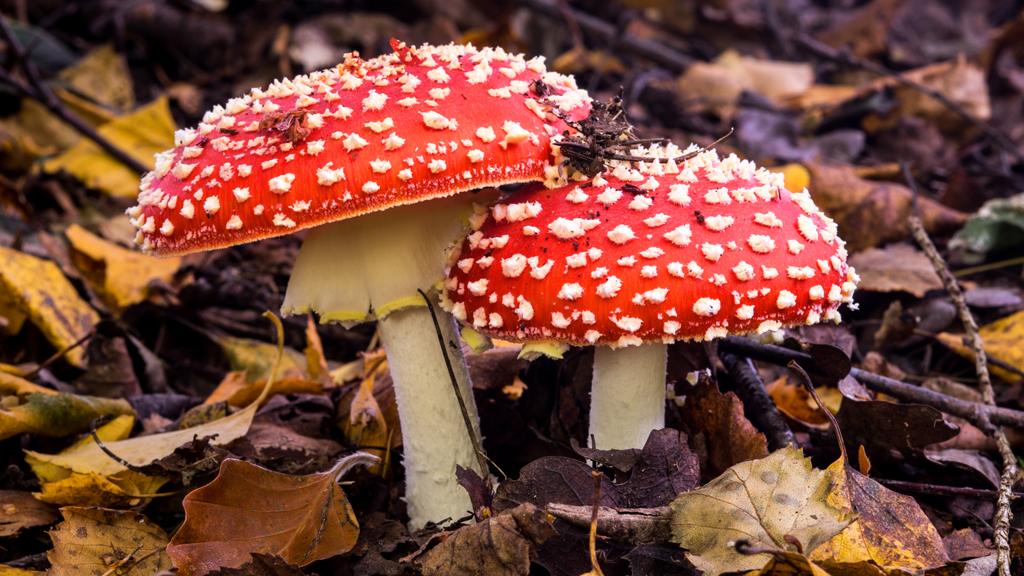
- Published23 May 2019

